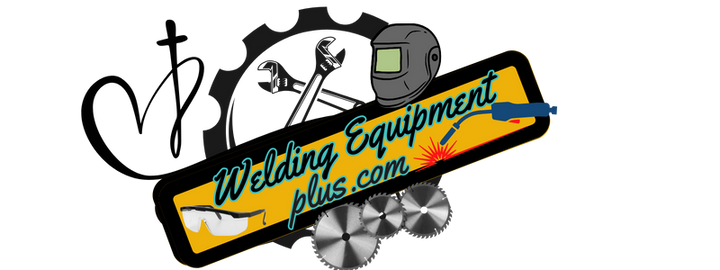Cons:
TIG welding, or Gas Tungsten Arc Welding (GTAW), is known for its precision and clean welds, making it popular for intricate projects.
Pros:
Precision and Control: Allows for precise control over the welding process, making it suitable for detailed work.
Clean Welds: Produces clean, high-quality welds with minimal spatter.
Versatility: Suitable for a wide range of metals, including thin materials.
Cons:
Complexity: TIG welding has a steeper learning curve, requiring more skill and practice.
Slower Speed: Typically slower than MIG welding due to the manual process.
Stick Welding (Shielded Metal Arc Welding):
Stick welding is a robust and reliable method, well-suited for outdoor applications and heavy-duty projects.
Pros:
Versatility: Works well with a variety of metals and thicknesses.
Portability: Stick welders are often more portable and suitable for outdoor use.
Cost-Effective: Equipment costs are generally lower compared to MIG and TIG.
Cons:
Spatter: Stick welding can produce more spatter than other methods.
Weld Appearance: The resulting weld may not be as aesthetically pleasing as those from TIG welding.
Choosing the Right Technique for Your Project:
Consider Material and Thickness: Different techniques are better suited for specific materials and thicknesses. Consider the requirements of your project.
Skill Level: Assess your skill level and comfort with each technique. MIG welding is more beginner-friendly, while TIG welding requires a higher skill level.
Project Detail: For intricate and detailed work, TIG welding may be the best choice. Equipment Cost: Initial setup costs can be higher compared to other methods.
Outdoor Limitations: Wind and draft can affect shielding gas, making it less suitable for outdoor welding.
TIG Welding (Tungsten Inert Gas):
Embarking on a welding project but uncertain about which welding technique to use? You're not alone! Choosing the right welding method is crucial for achieving optimal results. In this guide, we'll explore three popular welding techniques - MIG, TIG, and Stick welding - highlighting the pros and cons of each to help you make informed decisions tailored to your project's needs.
MIG Welding (Metal Inert Gas):
MIG welding, also known as Gas Metal Arc Welding (GMAW), is a versatile and user-friendly method, making it a favorite among beginners.
Pros:
Ease of Use: MIG welding is relatively easy to learn, making it ideal for beginners.
High Productivity: Offers a high deposition rate, allowing for faster welding.
Versatility: Suitable for a variety of materials, including mild steel, aluminum, and stainless steel.
For structural projects, Stick welding could be more appropriate.
Budget: Consider the initial setup costs and ongoing expenses associated with each welding method.
In conclusion, each welding technique has its strengths and weaknesses. The key is to match the method with the specific requirements of your project and your skill level. Whether you opt for the simplicity of MIG, the precision of TIG, or the ruggedness of Stick welding, with the right technique, you'll be well on your way to achieving strong and lasting welds. Happy welding!


